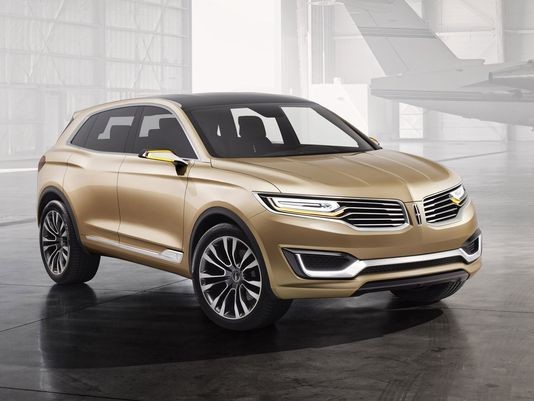When talking about miniature motors, banks aren’t the first thing that usually come to mind. Yet unbeknownst to many, these small pieces of machinery are not just commonly used in this industry. These are also instrumental in automating many transactions that we take for granted. Here’s a quick breakdown of the many applications of brushless DC motors and other miniature motor technologies in the banking and finance industry:

Transactions
Let’s start with the core function of a bank—helping you manage and grow your money. In that regard, miniature motor technology plays a big role. After all, these motors can be commonly found inside ATMs, which allows account holders to withdraw or deposit cash in minutes. The motors are in charge of powering the rollers that pick up bills from the ATM’s internal safe when a cardholder withdraws money. These motors are so calibrated—and the rollers so fine—that they can get individual bills; sensors automatically detect if they accidentally pick up two bills.
More small motors can be found inside the card reader of the ATM. Like the rollers of the cash machine, these motors inside the reader securely receive the card and then eject it after each transaction. Many other card readers, such as the ones used for over-the-counter payments, have these miniature motors to ensure that the debit or credit card only pops out once the transaction is done.
On top of automating many transactions through an ATM, miniature motors also help make short work of other tasks at a bank. For example, instead of painstakingly counting money by hand, bank employees use bill counters. Like an ATM, these counters have the small motors that power components that roll and sift through each individual bill. Not only is this faster and more accurate—it also spares your tellers from fatigue and papercuts.
Security
Of course, it’s a must for banks to keep your money safe from theft. And this small motor technology also plays a role in bank security. For starters, surveillance cameras are able to move smoothly thanks to miniature motors installed in its arm. This movement allows a camera to cover a large area of the bank’s premises, ensuring everything is caught on film.
But it doesn’t end there. Many banks around the world use automatic doors as an added security measure. For example, these doors can be automatically locked to prevent unscrupulous individuals out. Or they keep them inside, in the case of thieves trying to make a getaway. They can be also found at ATM booths, which are designed to accommodate only one person at a time. This helps reduce the risk of thieves tampering with the ATM, preventing them from installing card skimmers and the like.
These easy-to-secure automatic doors work thanks to the use of miniature motors, which allow them to slide open or close with precision.
As you can see, miniature motors aren’t confined to factory floors or heavy industrial applications. These small wonders also contribute a lot to our everyday life, such as making our financial transactions easier, faster, and more secure.



